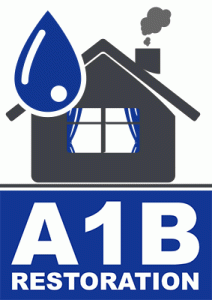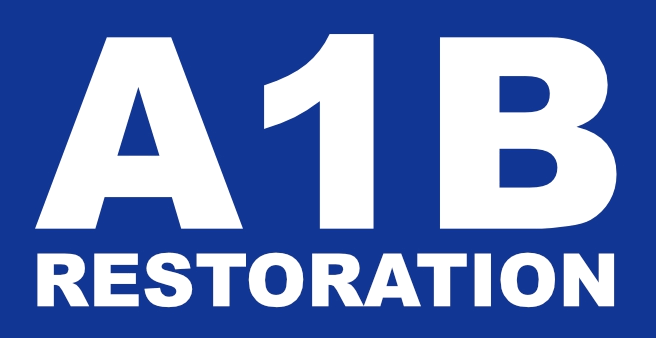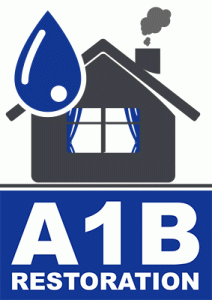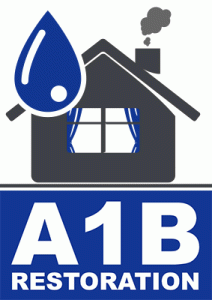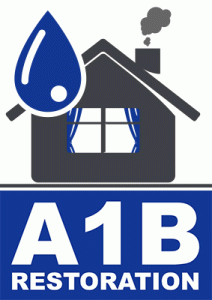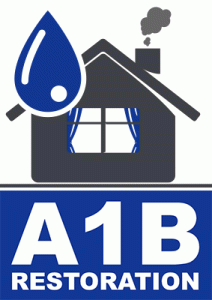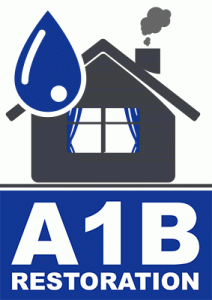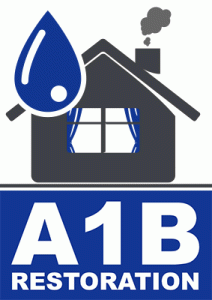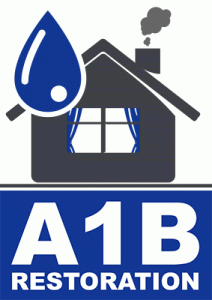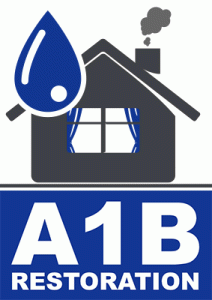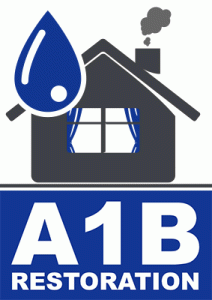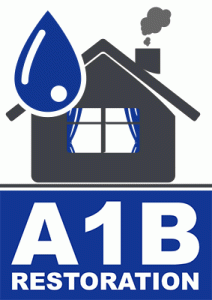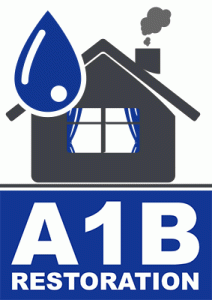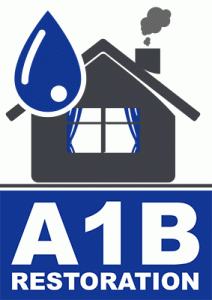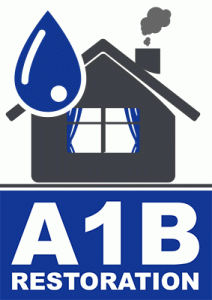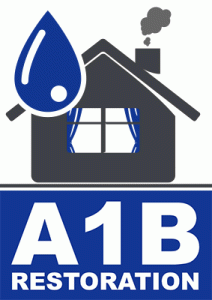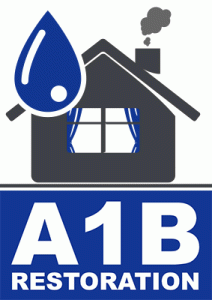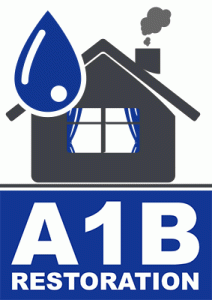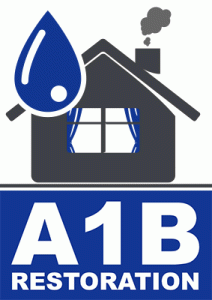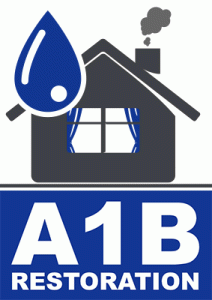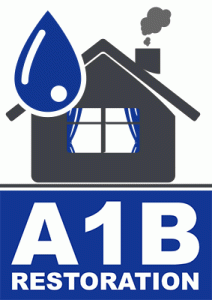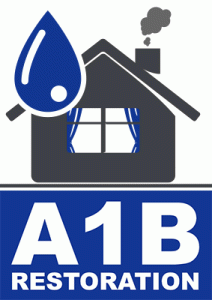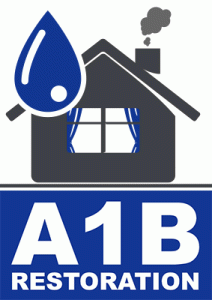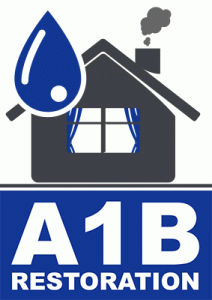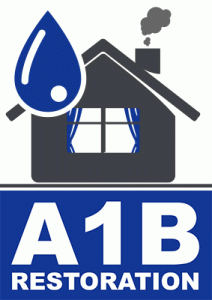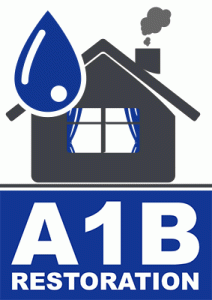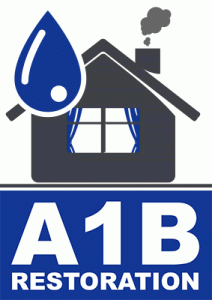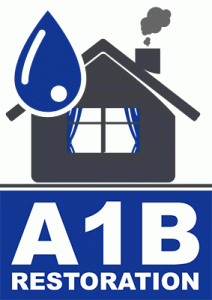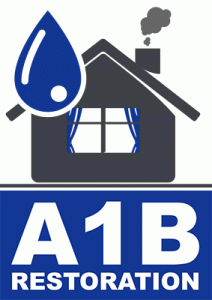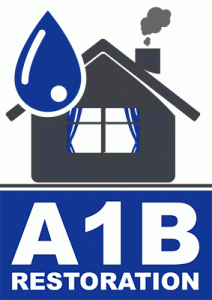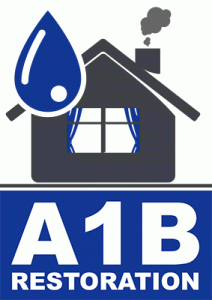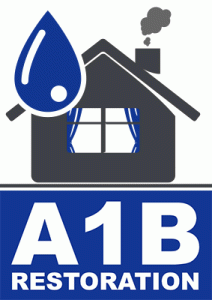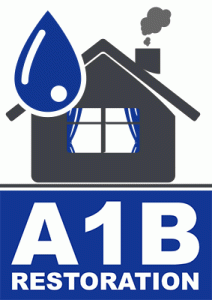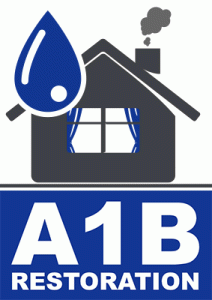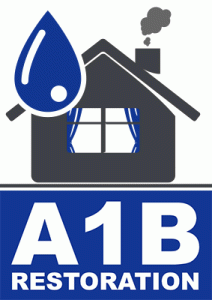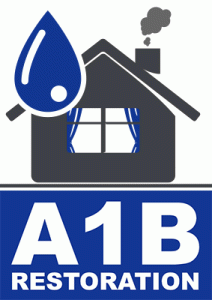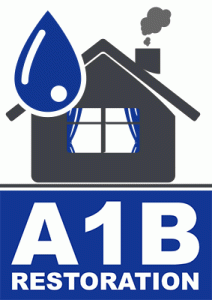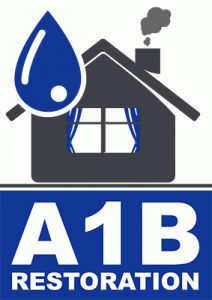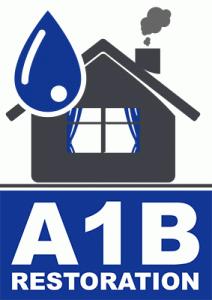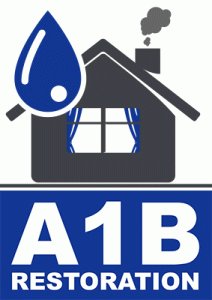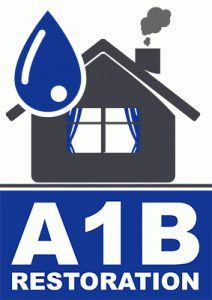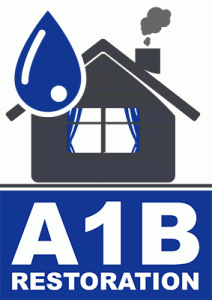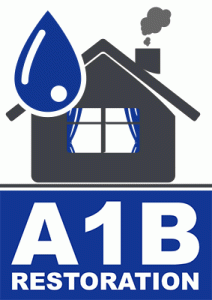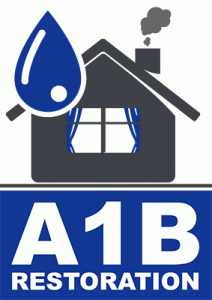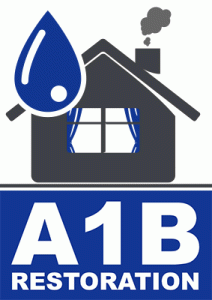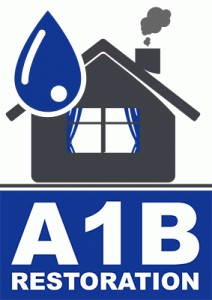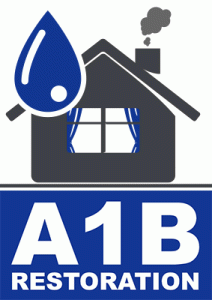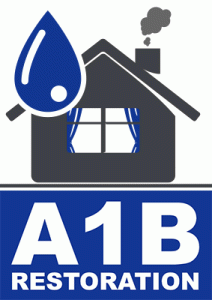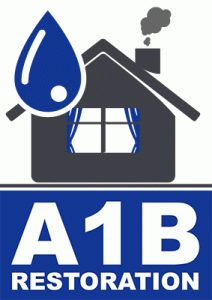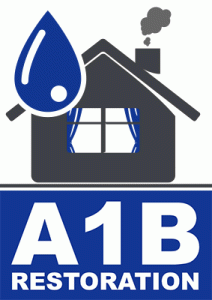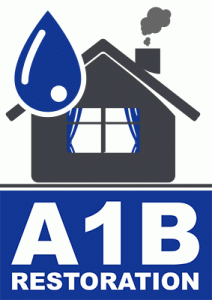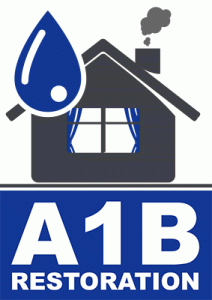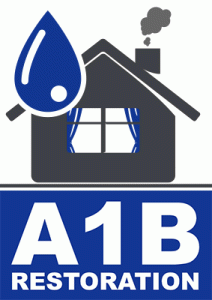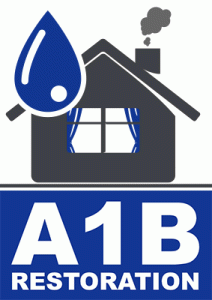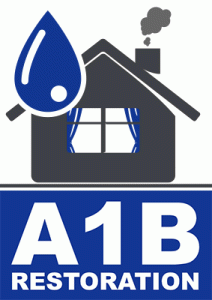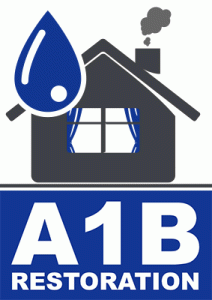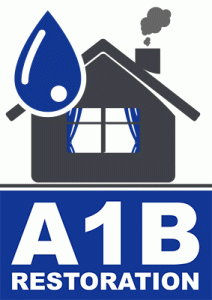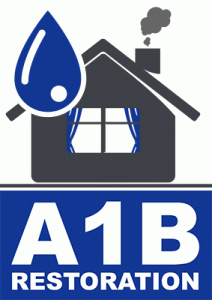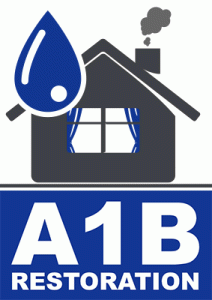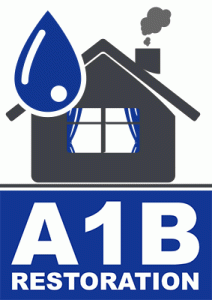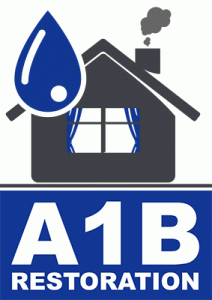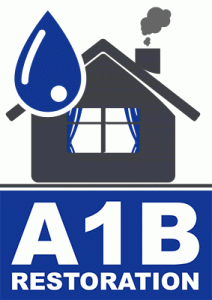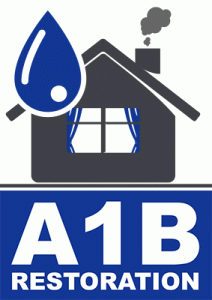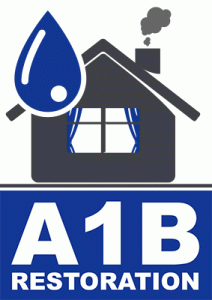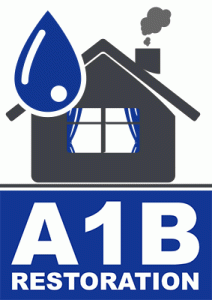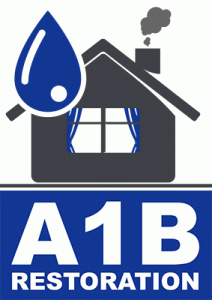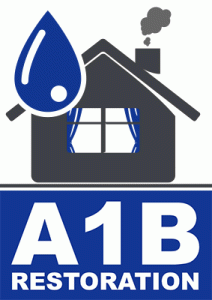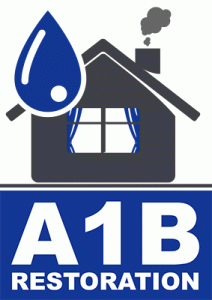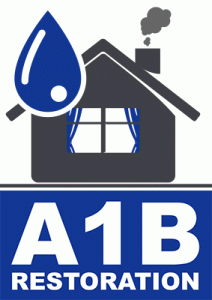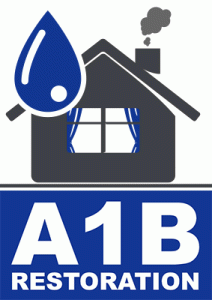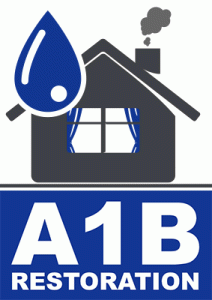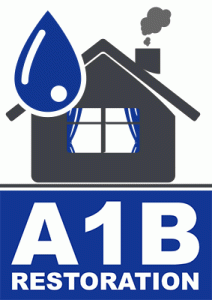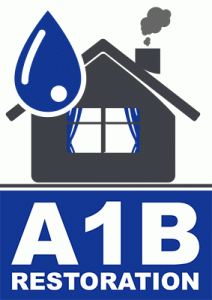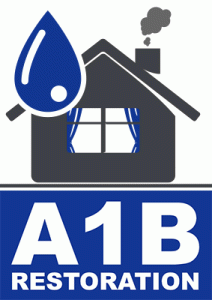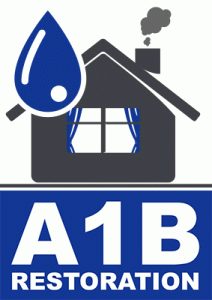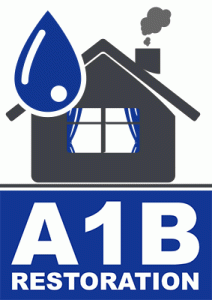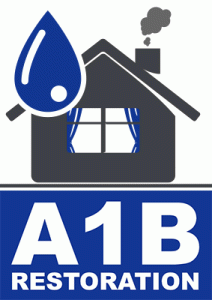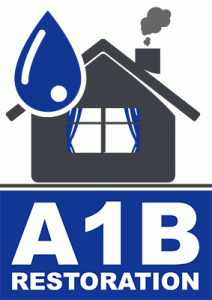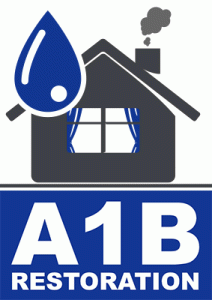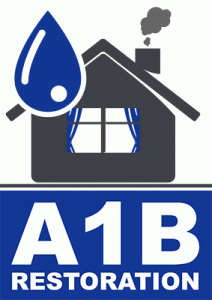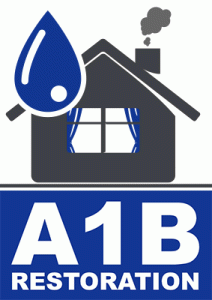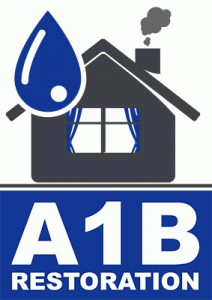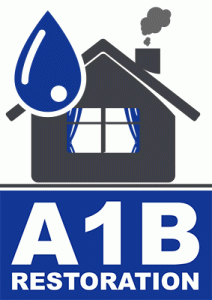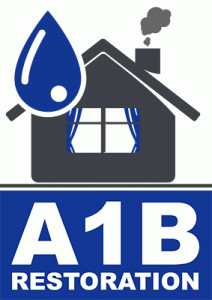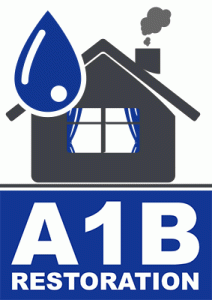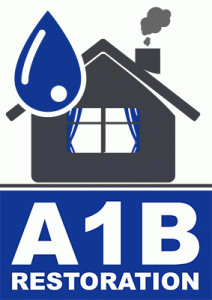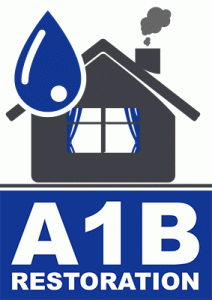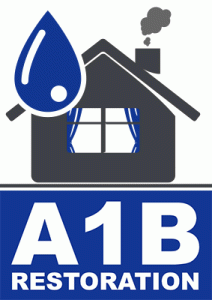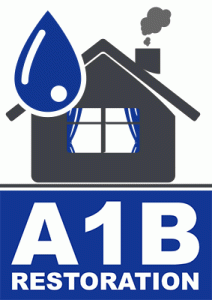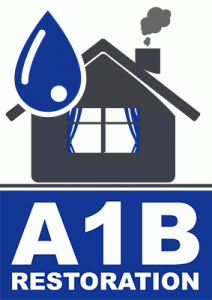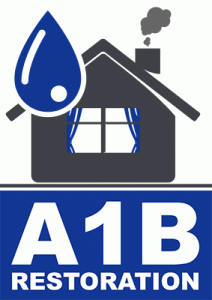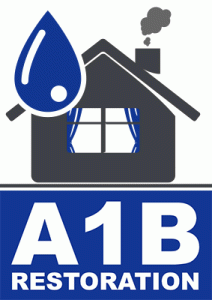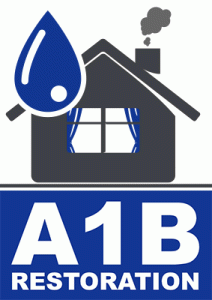The Step-by-Step Guide to Water Remediation
Water contamination poses a significant threat to both human health and the environment. Whether it’s due to industrial spills, agricultural runoff, or natural disasters, the need for effective water remediation is critical. This comprehensive guide will walk you through the step-by-step process of water remediation, ensuring you have the knowledge to tackle this important environmental challenge.
Understanding Water Remediation
Water remediation is the process of treating and purifying contaminated water to make it safe for use or release back into the environment. It involves a series of steps that target pollutants such as chemicals, heavy metals, microorganisms, and sediments. According to the Environmental Protection Agency (EPA), about 70% of industrial waste is dumped into water bodies, making remediation efforts crucial for safeguarding water resources.
Step 1: Site Assessment and Contamination Identification
The first step in water remediation is conducting a thorough site assessment. This involves collecting water samples and analyzing them to identify the type and extent of contamination. Advanced techniques such as gas chromatography and mass spectrometry are often used to detect pollutants at trace levels. A comprehensive assessment helps in determining the most effective remediation strategy.
Step 2: Choosing the Right Remediation Technique
Based on the contamination identified, a suitable remediation technique is selected. Common methods include:
- Bioremediation: Utilizes microorganisms to break down pollutants.
- Chemical Treatment: Involves adding chemicals to neutralize contaminants.
- Filtration: Removes solids and dissolved impurities using filters.
- Air Stripping: Volatile contaminants are removed by passing air through the water.
For example, bioremediation is highly effective in treating oil spills, while chemical treatment is often used for heavy metal contamination.
Step 3: Implementation of the Remediation Plan
Once the appropriate technique is chosen, the remediation plan is implemented. This involves setting up the necessary infrastructure and equipment, such as pumps, filters, and treatment tanks. It’s essential to monitor the process regularly to ensure that the remediation goals are being met and to make adjustments as needed.
Step 4: Continuous Monitoring and Evaluation
Post-remediation, continuous monitoring is crucial to ensure that the water quality meets safety standards. This can include regular sampling and analysis to check for any residual contamination. According to a study by the Water Research Foundation, continuous monitoring can improve remediation success rates by up to 30%.
Case Study: Successful Water Remediation Project
A notable example of successful water remediation is the cleanup of the Hudson River in New York. The river was heavily contaminated with polychlorinated biphenyls (PCBs) from industrial discharges. The remediation project involved dredging contaminated sediments and implementing advanced filtration technologies. Over 500,000 pounds of PCBs were removed, significantly improving the river’s water quality.
Actionable Tips for Effective Water Remediation
Here are some actionable tips to enhance the effectiveness of your water remediation efforts:
- Engage with local communities to raise awareness about water contamination issues.
- Invest in the latest remediation technologies and techniques for better outcomes.
- Collaborate with environmental agencies and experts to ensure compliance with regulations.
- Implement sustainable practices to prevent future contamination.
Conclusion
Water remediation is a critical process that requires careful planning, execution, and monitoring. By understanding the steps involved and leveraging the right techniques, we can effectively tackle water contamination and protect our precious water resources for future generations. Remember, clean water is not just a necessity; it’s a right that everyone deserves. Together, we can make a significant impact in preserving the environment and ensuring a sustainable future.
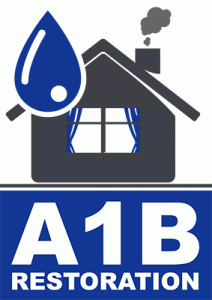
North Richland Hills Texas water damage cleanup near me
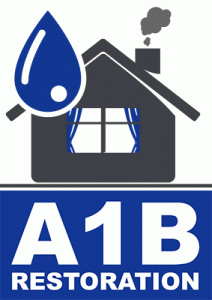
Highland Park Texas water damage restoration service near me

water damage restoration service Lakewood Dallas Texas

Flood Cleanup
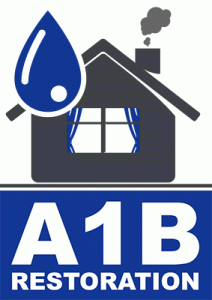
Mesquite Texas water damage restoration service near me

Lakewood Dallas TX emergency water damage cleanup
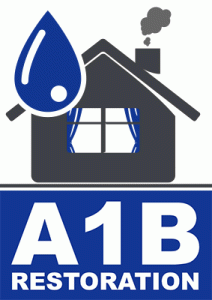
residential water damage restoration Bedford Texas
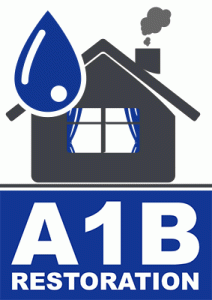
Haltom City Texas water damage restoration near me
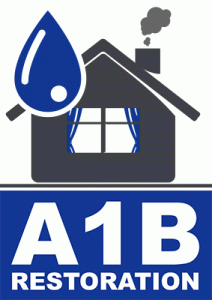
Preston Hollow Dallas Texas restoration water damage companies
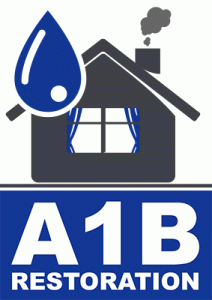
Carrollton Texas water damage restoration near me
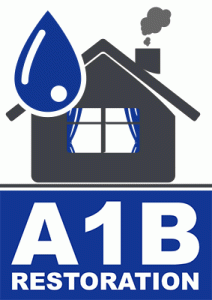
Lakewood Dallas Texas disaster restoration companies
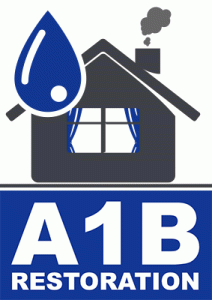
Royse City Texas water extraction company near me
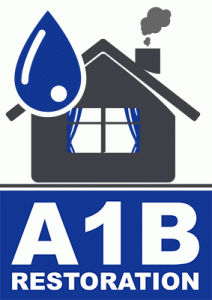
Highland Park Texas water damage restoration near me
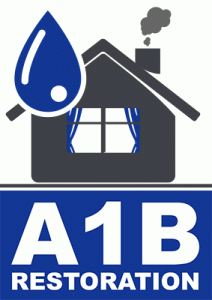
Allen Texas water damage restoration service near me
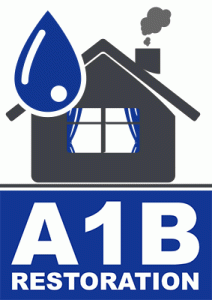
Fate TX water damage restoration companies near me
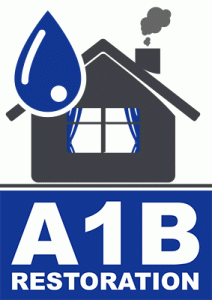
Sunnyvale TX water damage restoration companies near me
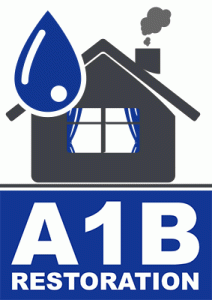
Grand Prairie TX water damage restoration companies
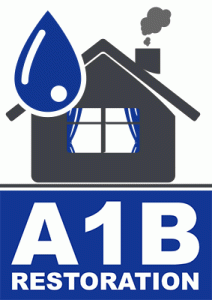
Preston Hollow Dallas TX water damage restoration company
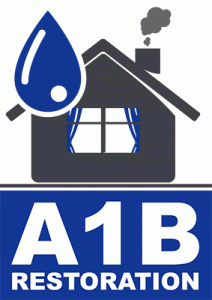
Rockwall TX water damage restoration companies near me
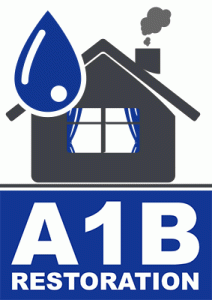
Bedford TX water damage restoration companies near me
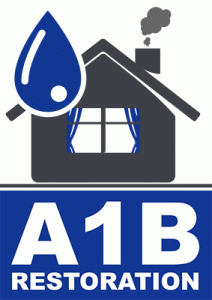
Coppell TX water damage restoration companies near me
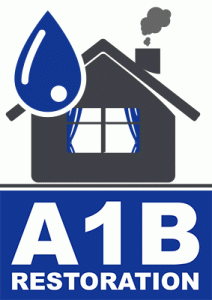
Frisco TX water damage restoration companies near me
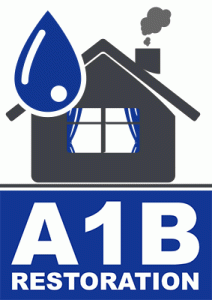
emergency water damage restoration Lake Dallas Texas

water damage restoration services near me Sachse Texas
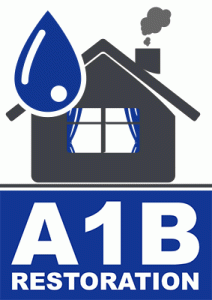
water damage restoration services near me Lake Highlands Dallas Texas
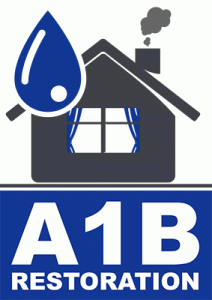
water damage restoration cost Grand Prairie Texas
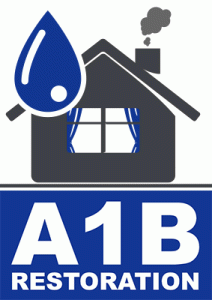
water mitigation company near me Flower Mound Texas
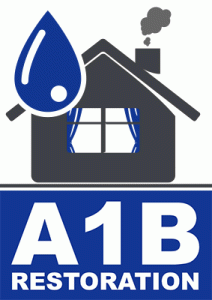
water damage restoration services near me North Richland Hills Texas
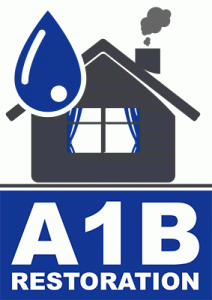
water damage and restoration companies Arlington Texas
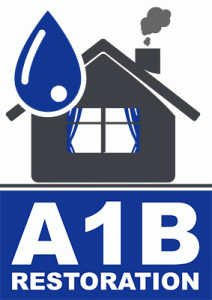
best water damage restoration near me Coppell Texas
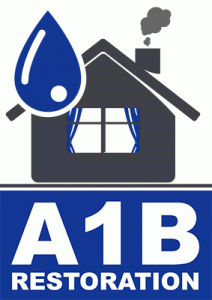
emergency water damage restoration North Richland Hills Texas

water damage and restoration companies McKinney Texas
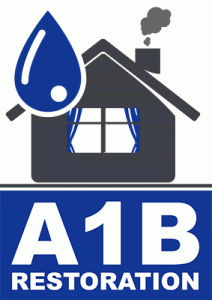
water restoration companies near me Carrollton Texas
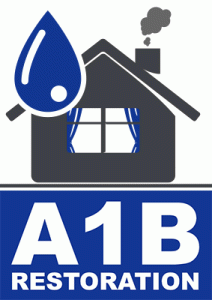
water damage cleanup companies Preston Hollow Dallas Texas
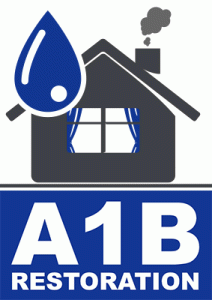
water damage and restoration companies Murphy Texas

residential water damage restoration Little Elm Texas
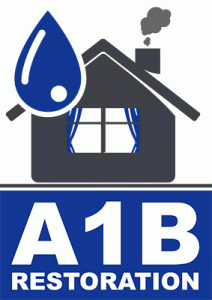
water mitigation company near me Cedar Hill Texas

best water damage restoration near me The Colony Texas
